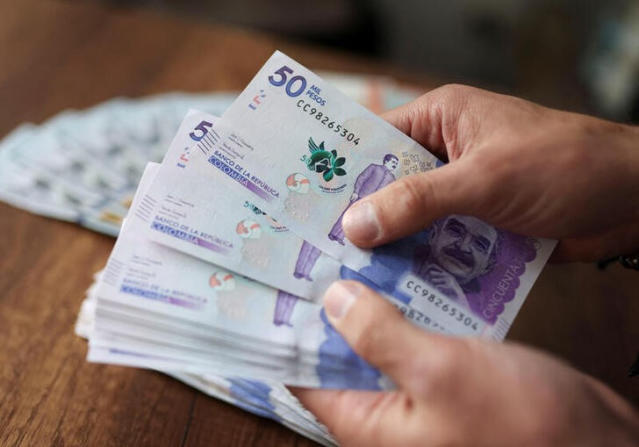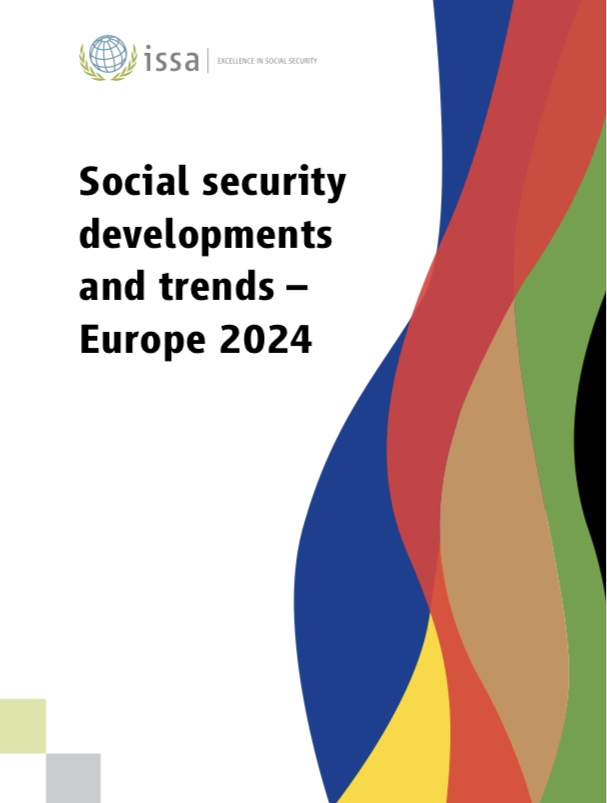Pensioen SPECULOOS: Lessons from Brazil for Belgium
By Arun Muralidhar A commonly-accepted retirement goal for a healthy pension is for it to sustain the relatively higher standard-of-living of the latter part of one’s working life throughout retirement. A recent innovation implemented by Brazil in January 2023 might provide a solution to the pension challenges faced by Belgium, and more importantly, satisfy the key goals identified by Belgium Government. We recommend Belgium create and issue an innovative new bond – SPECial ULtra-long Obligatie (PensiOen) Salarisstook (SPECULOOS), known previously...










